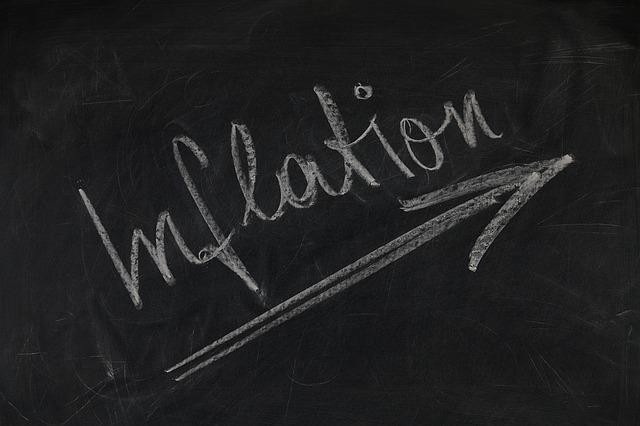In the process, it will be joining a growing number of big chains taking similar steps. Chipotle Mexican Grill and Noodles & Co. both recently said it would test higher menu prices for delivery orders—in part because the growing percentage of delivery orders are hurting their own profit margins, and they want to limit such orders.
Meanwhile, the delivery companies are taking these steps themselves. My colleague Joe Guszkowski wrote yesterday that DoorDash is charging special fees to customers in Denver and Chicago, to offset delivery fee caps in those cities. In so doing, they are passing on the cost from restaurants to customers.
Delivery is a service. And customers have to be expected to pay a premium for receiving this particular service. For the most part, they have clearly been willing to pay it thus far. DoorDash sales have more than tripled this year, for instance.
But it’s also fair to wonder how many customers will pay this premium, and for how long.
This is an issue we’ve talked about plenty of times in recent months as the size of the third-party delivery premium to customers has become apparent. Comparisons of prices for items like chicken wings between delivery and pickup have found some ultra-high premiums for the service.
At the moment, customers are willing to pay this for two reasons: First, they’re stuck at home and don’t want to cook all the time and delivered food is the safest method to get restaurant food during a pandemic; and second, customers have more cash than it appears. They may not have jobs but had unemployment benefits and they haven’t been spending their money on vacations or entertainment.
That makes the growth this year in third-party delivery sales somewhat of a false positive. It’s also unrealistic to base long-term decisions on what happened in the past few months because it’s not entirely sure that the customers DoorDash, Grubhub and Uber gained over that time will continue to be customers. At least as often as they are now.
It’s fair to expect hefty third-party delivery business in the coming months because the pandemic is keeping people home. But it’s also fair to expect a push back to more normal methods of dining out once this pandemic is over. I’m not entirely sure that customers will be all that willing to stay at home and order delivery all the time once they’re relatively certain that dining out won’t get them sick.
Once delivery becomes more of an option, rather than a need, customers may well opt for other options, citing that delivery premium.
As we’ve said, we believe customers need to pay a premium to have food delivered to their homes—whether those charges come from the providers or the restaurant companies or, increasingly, both.
But a limited base of customers limits the overall potential for third-party delivery and makes it more like an added service people use when they’re eager for takeout rather than the Amazon-like industry earthquake many people think it will become.



